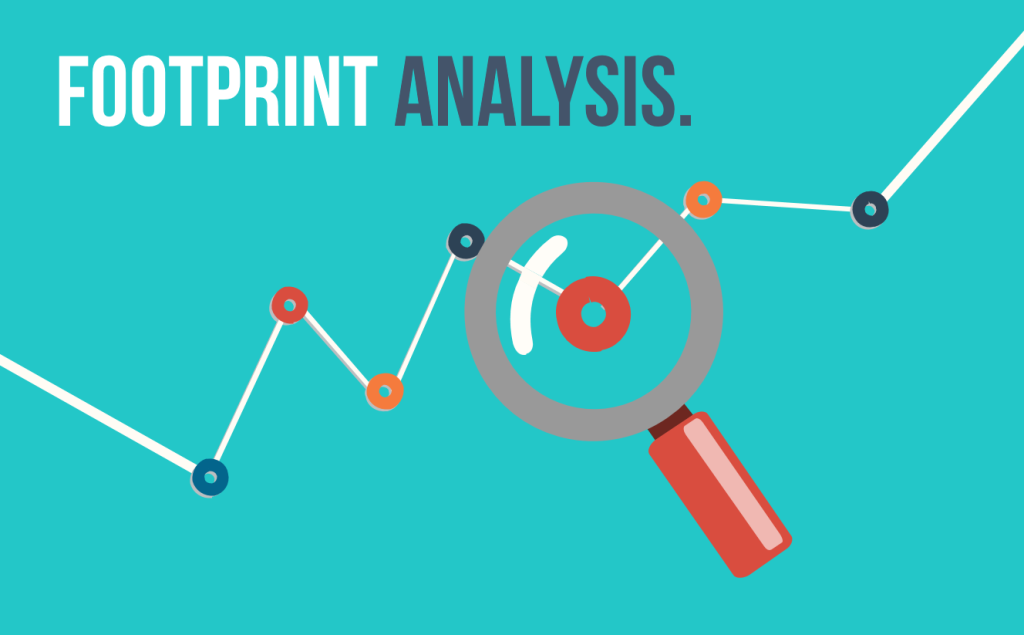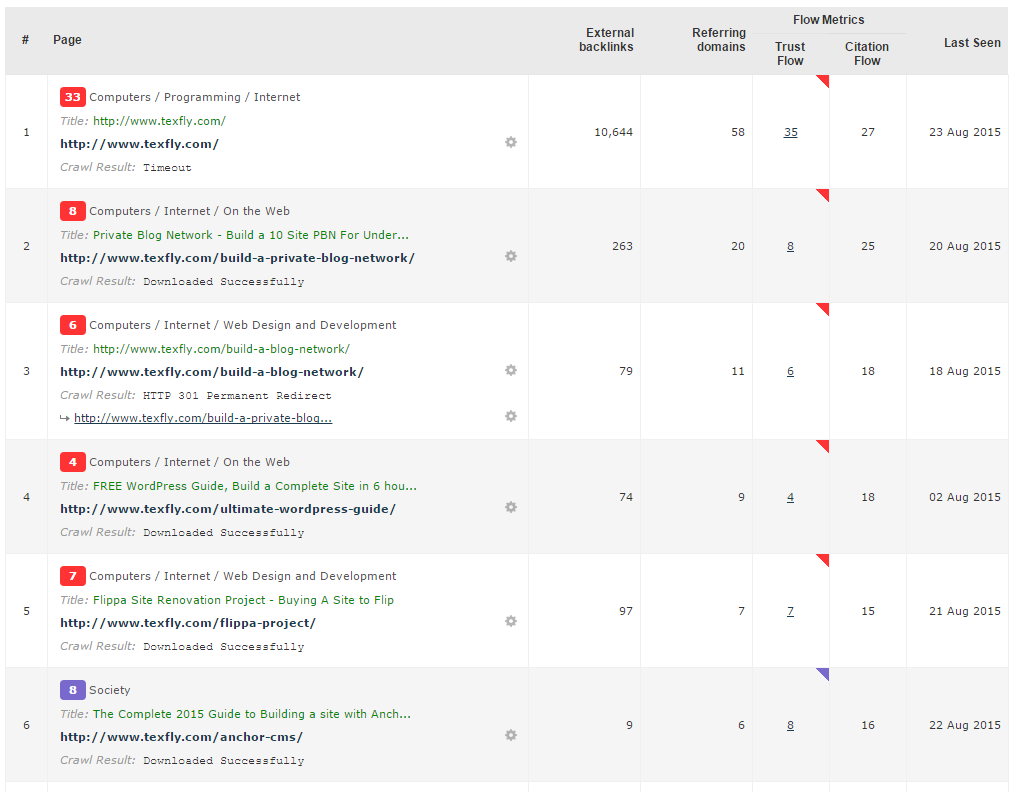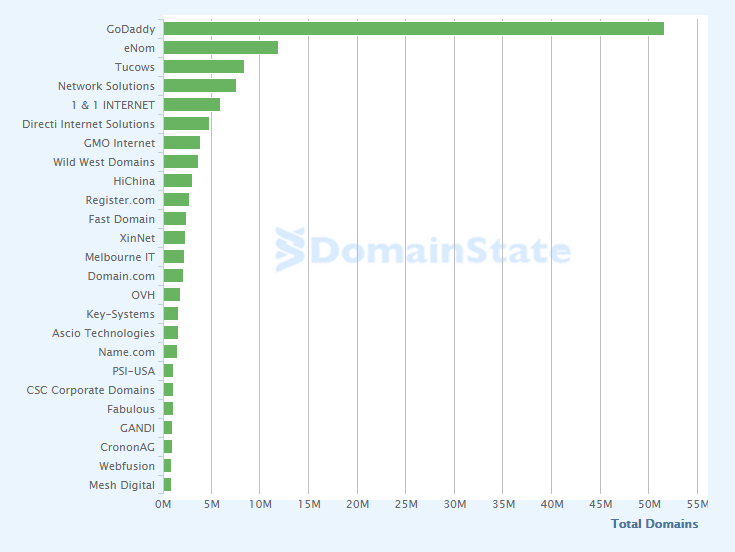- You are here:
- Home »
- PBN Help
- » Avoiding Hosting Footprints

Avoiding Hosting Footprints
Inadvertently leave a footprint across your PBN sites and you’ll more than likely wake up one morning with all your sites wiped out from the Google index.
I’ve seen it happen time and time again, where marketers (like you and I) cut corners and shortcut the build out process.
Unfortunately the only thing you are taking a shortcut to is the de-indexing of your network.
To help you understand more about footprints and what you should be doing to mitigate them I’ve managed to schedule some time with Dejan – owner of EBN, a very useful service that I’ve used with great success.
Before I jump in to the awesome subscriber only content, I want to just highlight that you can’t actually sign up for Easy Blog Networks hosting.
Nope. Not even if you beg.
It’s currently CLOSED to the public. However, because Dejan and I talk to each other all the time about PBN’s – he’s kindly agreed to let the readers of PBN HQ and anyone in our Facebook group backdoor access to unique class A – centrally managed hosting.
Easy Blog Network – Find Out More
Dejan, firstly – thanks for finding time to chat with me about PBN footprints – really appreciated.
To kick this off, can you give me some background about EBN?
I got the idea way back in 2013 when I was building my own PBN. I was looking at the best practices and SEO hosts and I saw that everyone was doing PBN hosting the wrong way. I knew that if you want to do it right, you need to simulate what you’d do if you went and opened accounts with big brand hosts and installed blogs there. I was validating the idea and talking to people a few months and then we had the first prototype built in the middle of 2014. We launched in late 2014 and now we host thousands of blogs for hundreds of users.
That’s awesome – you definitely filled a gap in the market. What would you say the main differentiator is between you and other similar PBN hosting providers?
It’s really simple. We use big brand providers like Amazon, Rackspace and HP Cloud. We use their servers, their IPs and their DNS addresses. Everything is transparent with us. Other SEO hosts tell you they have hundreds of IPs – but whose IPs are those? Where are they hosted? Whose DNS addresses are they using?
Beside that we also do automated updates, backups, check SEO metrics and a lot, lot more.
The SEO metrics (DA, PA, TF, CF) that you provide are useful to keep an eye on domain strength, and the indexed status is a nice touch too. Managing your hosts yourself in a spreadsheet this kind of reporting needs to be done manually, which is a pain.
We talked before about sites using the often advised 404 redirection getting de-indexed (read the conversation here). Is there a preferred method to ensure your PBN sites remain strong without leaking link juice when you rebuild them?
I really want to emphasize to not use 404 redirection plugins. We blogged about it here, posted to FB groups, sent newsletters and we still see blogs de-indexed because of this.
Instead of using the plugins, rebuild the individual pages with the most link juice and leave the rest.
Is there a particular way to find the pages that have the most links? I usually look at Majestic’s top pages report, but know that Ahrefs also has a similar report.

Any of those two will work. Plus, you can have analytics installed and you’ll see where you get the most traffic to (might be just crawler traffic but nonetheless a good sign). Rebuild those pages with relevant content.
One footprint I know many people are concerned about is how to link to your money sites from each of your PBN sites. I know the local SEO’s who work in a particular niche often want to make their PBN more efficient by linking to multiple money sites from each PBN site. Any advice on this?
I think a lot of people over complicate this. Open an authority blog in your niche. See how much they post and how many outbound links they have in each blog post. Do the same.
What would your strategy be if you had 10 client sites in say the home renovation niche – would you build a new PBN for each site?
It all comes down to budget – ideally (and the most secure option) would be to build independant PBN’s for each of the money sites. This scenario is pretty unlikely though, so my advice would be to start with 2-3 sites per money site, and to make sure I don't interlink all of my sites together. And as always make sure to have links to other small niche and authority websites.
The ‘bad neighbourhood’ problem is often mentioned when discussion turns to the cheaper dollar shared hosts. Can you dig into this issue a little more? How to bad sites on the same shared hosting as my PBN sites negatively affect me?
I think bad neighborhoods are over exaggerated. The Internet is a very messy place. Even legitimate websites often look and read like garbage, especially on cheap popular hosting providers like Hostgator, GoDaddy and similar. Google knows that. Yes, you don’t want to be on hosts that cater specifically to spammers and adult sites, however in general you should be OK.
There’s an older video from Matt Cutts on this topic. While old, I’m sure the logic is still there.
However you still want to avoid cheap hosts mostly because of poor service, reliability and security issues. And if your blog gets hacked or is down for days, it’ll get de-indexed very fast.
So the issue is more with performance and reliability rather than other PBN sites on your shared host – that's something I think many people overlook to save a few bucks a year.
What's your thoughts on the minimum amount of content to put onto a rebuilt PBN site?
I personally try to have a minimum of about 1,500 words of content before I add articles linking to my money sites. Have you seen any correlation between sites with relatively little content getting wiped out quicker than more comprehensive sites?
Yes, there is a strong correlation between lower number of posts (less than 10) and deindexation. It’s not a reason for it, however it looks like it could be one of the flags. A few flags and your site gets de-indexed. For example: if you have a blog with 5 blog posts, 3 pages and a bunch of 301 redirects from 404 pages I can guarantee you it’ll get deindexed.
My recommendation: at least 10 posts in the first 14 days after you put the site online and then weekly or at least monthly posting.
Domain registration is another easy footprint that gets overlooked. Naturally registering all your PBN domains on the same date is a pretty significant footprint. I try to mix up my registrars personally but after seeing this graph (embedded below) it’s clear, due to the enormous market share that godaddy has, your best bet is to just register all domains with them.

Source: http://www.domainstate.com/top-registrars.html
Would you advise creating a new GoDaddy account each time with fake whois details, or use a single account with the domain privacy applied to hide the details.
No, there is no need to create new accounts. Google doesn’t have access to any registrar’s customers (or to their privacy protection). You also don’t want to use privacy protection on more than 20% of your sites. So you’ll need to use other contact information. GoDaddy can be a bit annoying with verification so also also a few other popular registrars. You don’t want to have everything on GoDaddy and lose it in one fell swoop.
Mixing it up is good advice – really appreciate your time, some super insights for anyone looking to build a PBN that will (hopefully) weather any storm that Google can throw at you.
Do you have any more tips and tricks that many PBN builders are not aware of?
Most SEOs spot a PBN blog from a mile away. Try to blend at least so much that someone who knows what to look for takes 3 seconds. That means a custom logo, a few widgets, posts with rich text and media, maybe a banner or two. Make the blog look as legitimate as possible without breaking your bank. This usually takes a few dollars or an hour of your time but it’s well worth it.
That’s right, a little extra effort can make a huge difference – logo’s from fiverr, a fake ‘signup for our newsletter’ or even spoofed adsense adverts can all make your PBN appear genuine, without spending the time and effort implementing a full lead magnet and inserting the adsense code. Of course, it won’t fool the manual reviewers but it should make your site appear much more legitimate.
Hope you enjoyed this post, but I’m sure you’ll agree it was packed full of actionable advice and well worth the time to read.
Keep hustling, and good luck in the SERPs, if you have any thoughts on what Dejan and I have been talking about, let us know in the comments below.
About the Author pbnhq.com
We strive to make PBNHQ a complete one-stop-shop for everything PBN related. Together we are showing SEO agencies and SEO practitioners not only HOW to rank their clients sites, but also providing essential tools and services that facilitate them reaching the first page of Google.

